We caught up with the brilliant and insightful Dyanna Dimick a few weeks ago and have shared our conversation below.
Dyanna, thanks for joining us, excited to have you contributing your stories and insights. We’d love to hear about when you first realized that you wanted to pursue a creative path professionally.
I can’t remember a time when I didn’t want to make something with my hands. My parents tell me stories of me painting in a classroom alone while the other kids played outside. Fortunately, my teacher and parents encouraged my passion. This inner drive and love for art stayed with me throughout my academic journey and is still my obsession today.
I attended UC Santa Cruz for college and received my degree in Fine Art with a Sculpture emphasis. Here my interest in the environment and found materials grew. My core classes embraced a strong focus on environmentalism. Along with this, my sculpture classes were much more contemporary than I was used to. To my surprise, they didn’t include clay as a material to work with. This allowed for unconventional ideas, growth and creativity, ultimately starting the path for my current work.
I currently explore the human relationship with the natural world through mixed media painting.
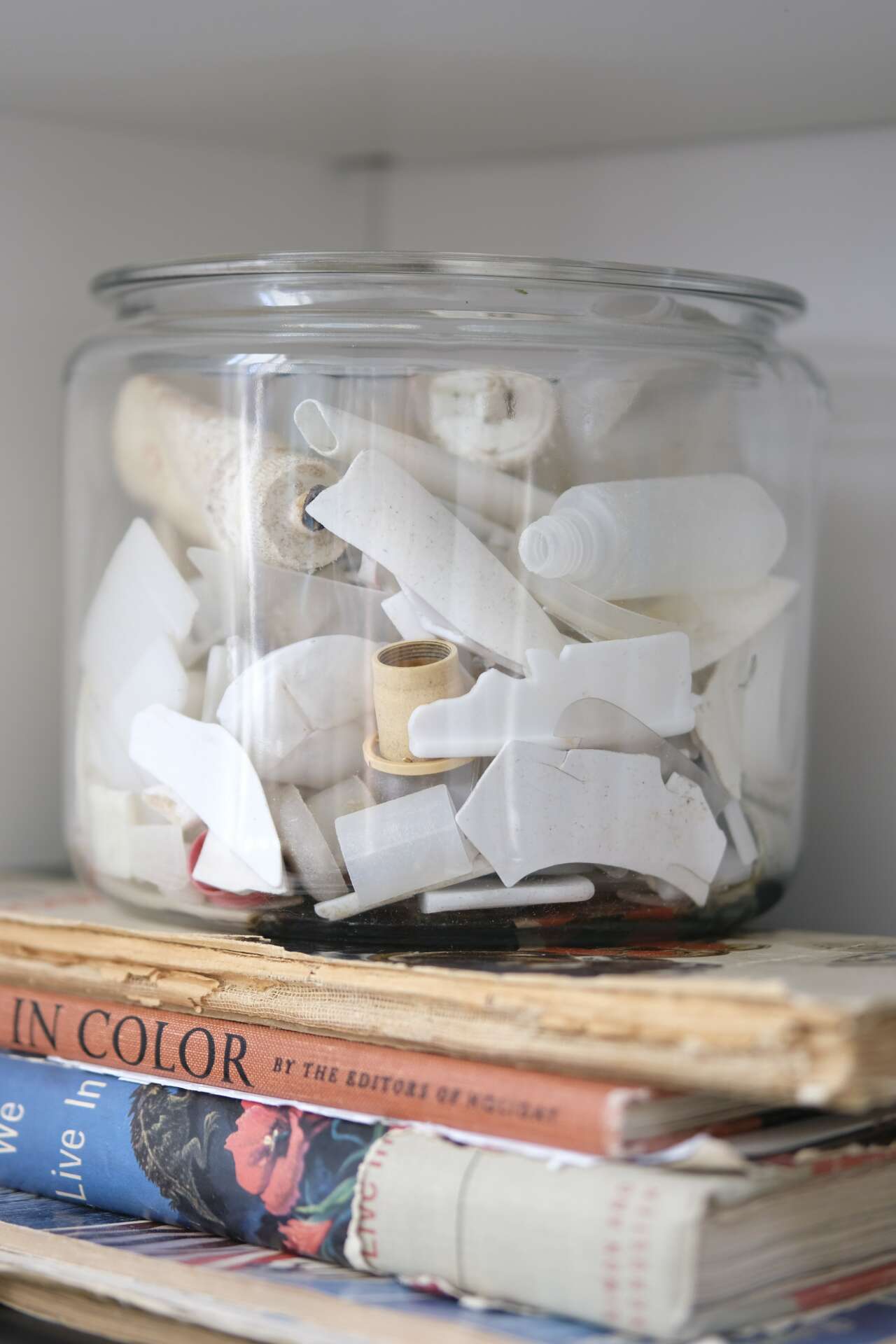
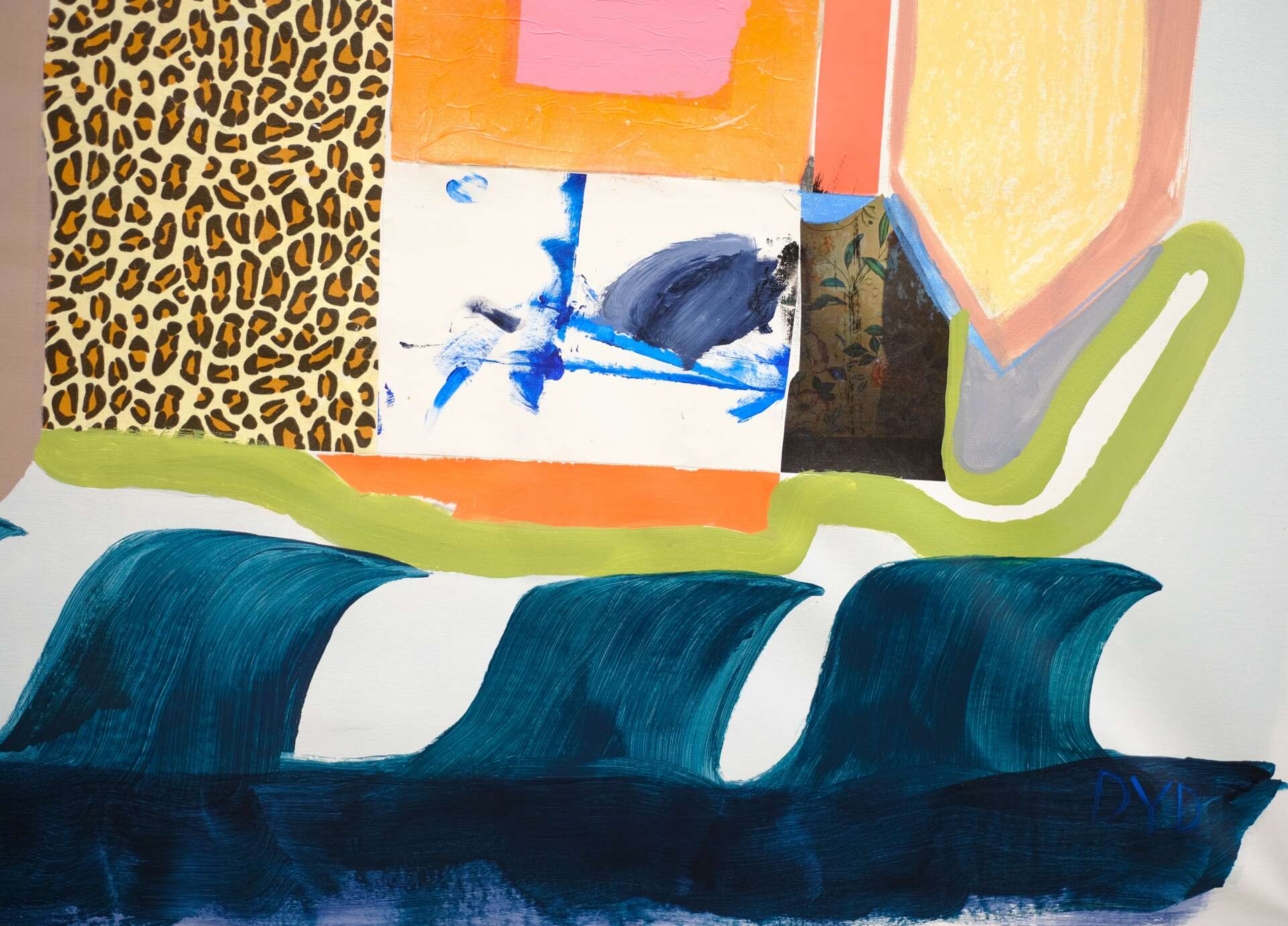
Dyanna, before we move on to more of these sorts of questions, can you take some time to bring our readers up to speed on you and what you do?
I am a California coastal native. My environment and eco conscious lifestyle drives my creative process as a visual artist.
I aim to connect us to our environment and encourage us to see beauty in unexpected places. My work reflects my deep respect for the natural world and commitment to reducing my environmental footprint. I hope it will lead to others thinking about theirs or at least appreciate the world around them more.
I perpetually collect materials for tools and inspiration, choosing them for their initial color, texture or shape. The act of collecting keeps me attuned to my direct environment. By repurposing items and being resourceful with my materials, I challenge my consumption habits and promote an ecological consciousness.
My work features a balance of natural visual elements and man-made materials, with items like sun-bleached plastic and colorful paper serving as the foundation for many of my pieces. The materials act as visual inspiration whether they make it into the finished piece or not. The use of these materials reflects the intrusion of man-made objects into our natural environment and the complex relationship between humanity and the natural world.
My signature lexicon of saw blade waves represents the interplay between the harshness of the industrial world and organic softness of the natural world. The unnatural materials and colors represent the complexity and long lasting impact of humanity on our environment. Water symbolizes hope in a land of drought and fire, while playful colors and shapes make challenging issues like the climate crisis, vanity and societal norms more digestible.
My newest body of work builds upon my exploration of the natural world, focusing specifically on the sea. Drawing inspiration from direct observations, I depict the ebb and flow of currents, reflecting the inherent fluidity and movement of water. I capture the moods of the sea by using color variation, texture, layers and repetitive marks to guide the viewer’s eyes across the surface.
Through my expressive portrayal of water, I invite the viewer to consider the beauty and fragility of our natural surroundings and the impact we have on it. My paintings serve as a reminder of the interconnection of all life and the profound impact that water has on our planet and ourselves.
Original art brings many important features to our spaces and to us. It can show personal expression by displaying interests, emotions, and experiences, making the space personalized and meaningful. It enhances aesthetics for you and your guests by elevating the overall ambiance and making the space more visually stimulating. Art is a wonderful conversation starter! It can also inspire outside creativity and inspiration. A well-chosen piece can help achieve a sense of balance and harmony. This helps with our moods and emotions. It’s proven art can positively impact the mood of your environment, having a positive impact by reducing stress and anxiety. Another important reason to purchase original art is to support artists and your local community. Artists are essential for a society’s development, enrichment, and unity.
I love working with new clients to create a piece for their home or select a work from my collection that fits their space and speaks to them.
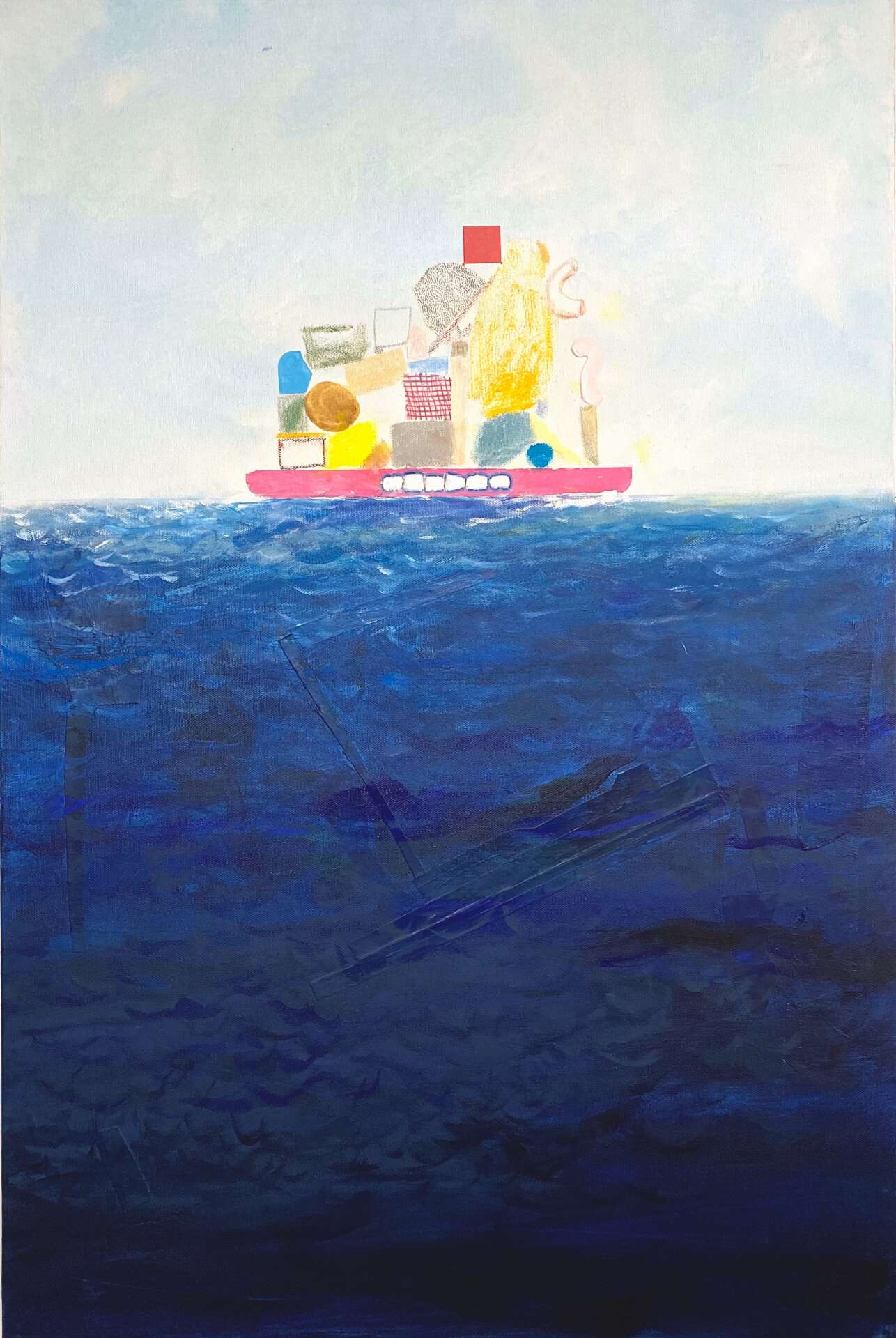
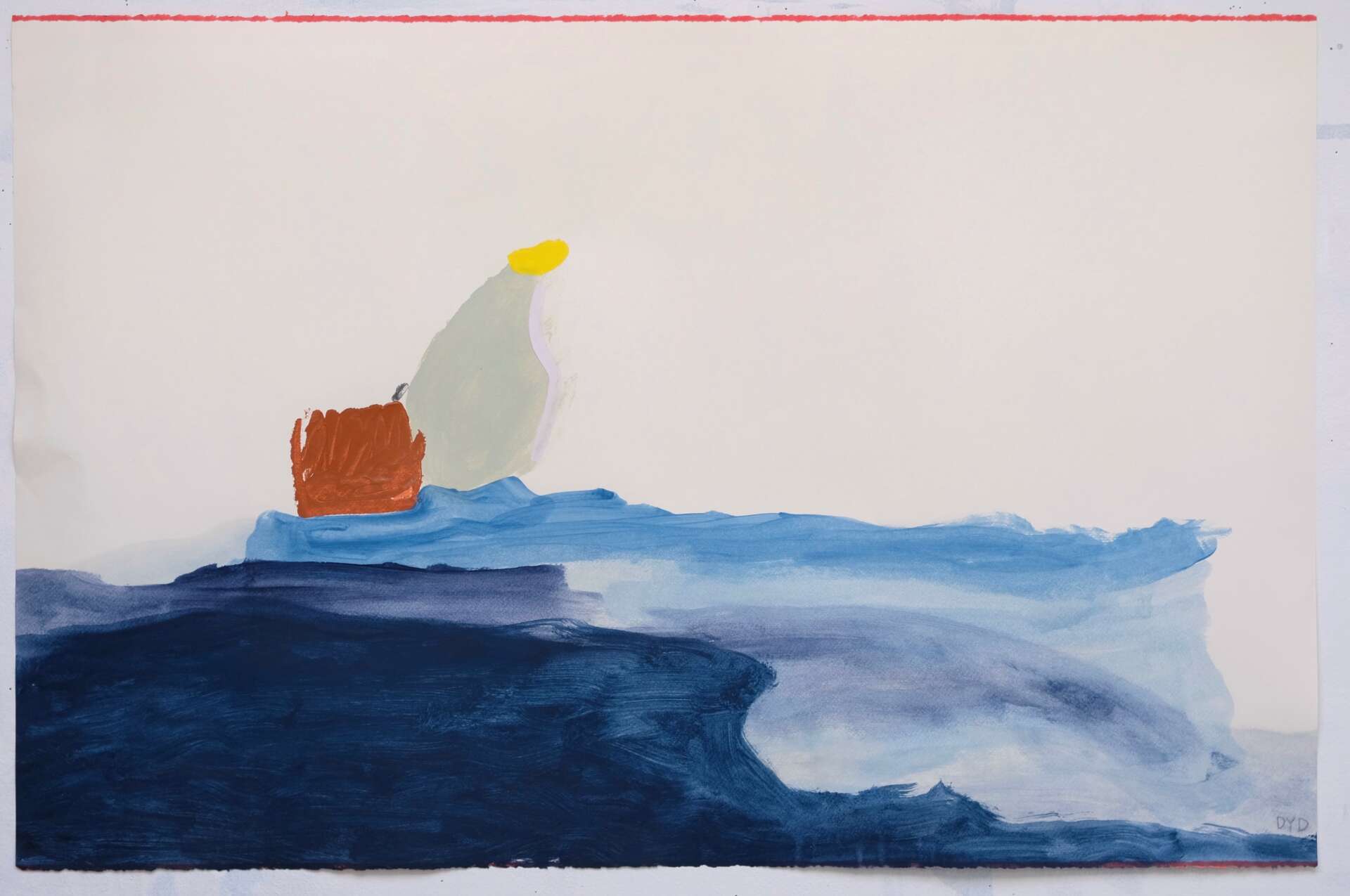
Is there something you think non-creatives will struggle to understand about your journey as a creative? Maybe you can provide some insight – you never know who might benefit from the enlightenment.
Is there something you think non-creatives will struggle to understand about your journey as a creative? Maybe you can provide some insight – you never know who might benefit from the enlightenment.
I talk about the journey a lot with my creative friends. There are parallels with creatives and non like exploration, trial, and error. Then there’s another thing that drives us I cannot explain. It’s like a message, idea or curiosity that needs to get out and we are the way to present it to others. This drive or force can become maddening if it is not explored. In other words if I don’t do the work, I am not my best self.
The ride feels quite lonely at times, particularly as a visual artist. The journey revolves around a connection to something inside. I have missed out on fun events and dates with friends I wanted to attend, to stay on my creative path and keep it sustained. It takes full dedication. It’s tough and also very rewarding. The creative decision ultimately serves our own satisfaction. We must focus on our own aesthetic, which doesn’t always remain clear these days due to numerous outside influences. We also need to be ok with not everyone liking what we do and continue on. The work reaches its true potential when we get enjoyment from it, driven by a sense of love.
The ability to look deeply lies at the root of our process, to see something others don’t and develop that. Experimenting is key too! The creative process often involves personal growth and learning in the same way other work does, but it feels very personal. Sharing your art parallels sharing yourself, and at times, promoting that poses quite a challenge.
The journey feels like a rollercoaster ride. Physically and financially. Many small business owners surely feel the financial part. Physically, the ups and downs keep us in balance, if that makes any sense. You can’t have that spark every second because the dormant period helps other necessary things in life get accomplished. I know many creatives, including myself, that would paint or make music 100% of the time, 24/7 if we could. It’s also important to do the work when you’re feeling low or uninspired. Moving through this allows for new inspiration.
The creative journey seems focused around selling what we make, while the non-creative journey leans towards finding something to sell that resonates with others. It doesn’t feel right to change what we make as a creative to primarily sell work because that takes away its authenticity.
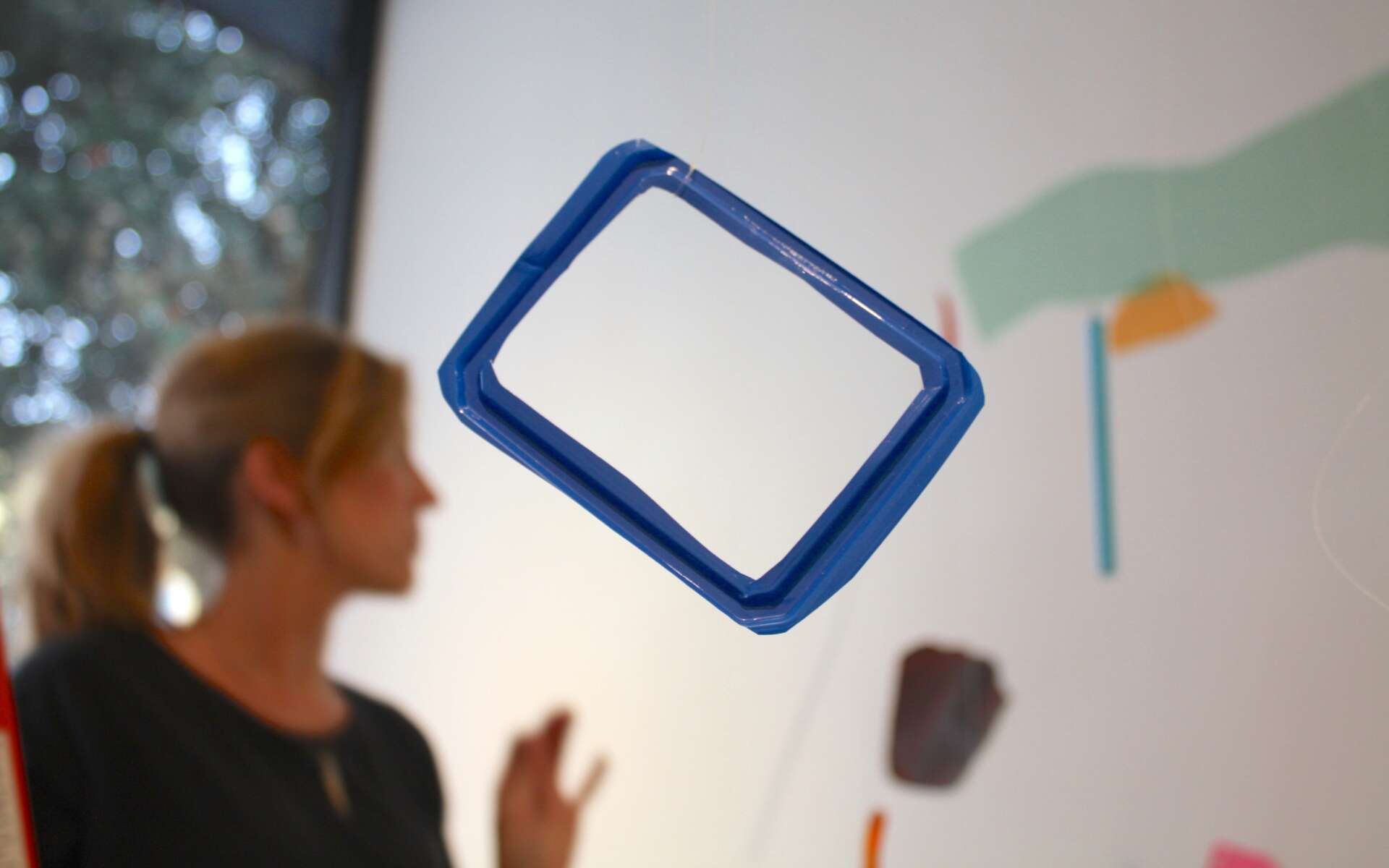
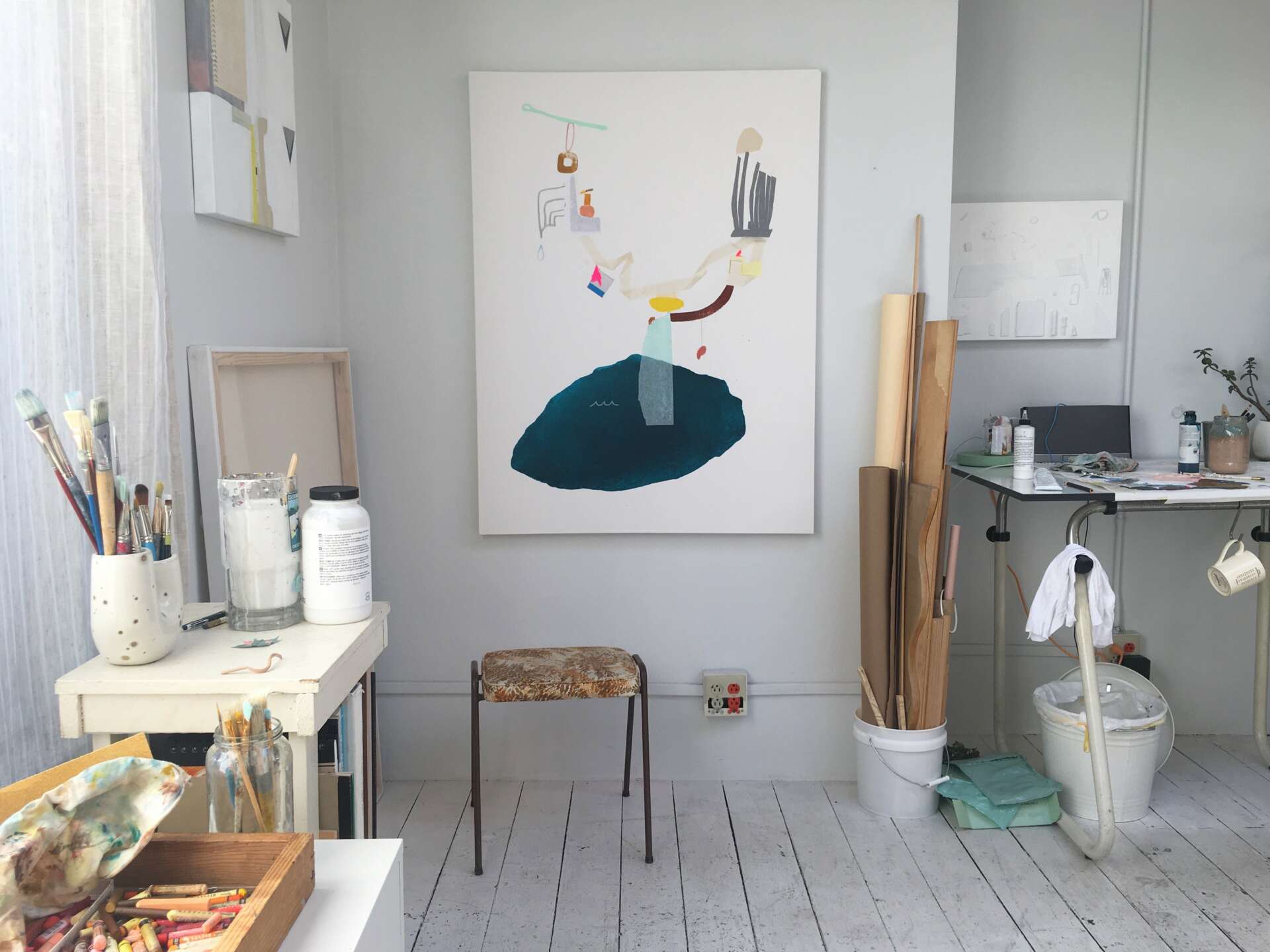
In your view, what can society to do to best support artists, creatives and a thriving creative ecosystem?
A combination of education, societal appreciation, financial support and infrastructure is crucial for creating an environment that nourishes and sustains artists, creatives and a thriving creative ecosystem.
Active advocacy for the arts can influence policymakers to prioritize funding and support for creative initiatives. Organizations and governments should dedicate funds for grants and to support original projects within their town. This patronage can help artists stay afloat in their city. Another way is to offer affordable workspace, which is always tough to find in cities, as most know.
Having a digital platform to promote artists and art help creatives connect to their immediate community and with a global audience. These connections help acknowledge the value and importance of the arts to the community.
We need art in school! Incorporating arts and creative subjects in school can foster creativity, critical thinking, and innovation among students, nurturing the next generation of artists and helping with creative thinking in other fields. Continued education and offering resources for all ages is important too, like workshops or mentorships. Hold space for the creative community to collaborate. These things can lead to networking, new ideas and cross-disciplinary communities.
Encouraging diverse representation and inclusivity in the creative industries can lead to a more vibrant and reflective cultural landscape.
Holding events like festivals, performances and exhibitions focused on the arts shows a society appreciates and encourages their artists. These events influence children in positive ways. Attending these types of events encourages economic stability for creatives. Support brick and mortar galleries and performance spaces! This can also mean supporting murals, installations, indoor and outdoor sculptures. Public art enhances the environment, gives more opportunities to artists and creates public engagement.
Since most of us are on social media, a like, a comment or a share can contribute to a creative person’s growth. It creates exposure and engagement. Show your support to small creatives when you can.
Lastly, buy original art if you can! Many artists offer a sliding scale. We can work with you to find the right piece for you and your budget.

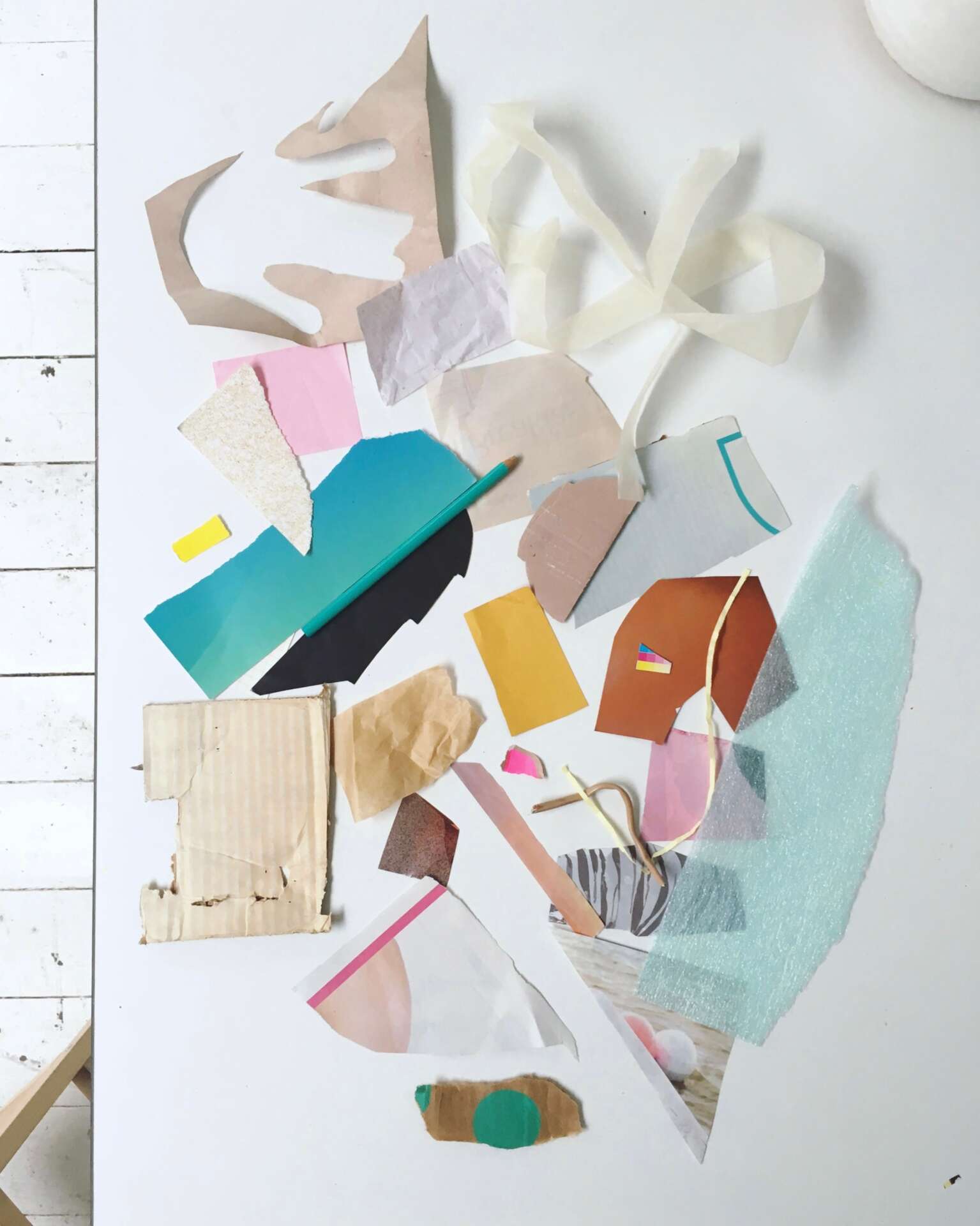
Contact Info:
- Website: https://www.dydart.com
- Instagram: https://www.instagram.com/dyd_art
- Linkedin: https://www.linkedin.com/in/dydart
- Twitter: https://twitter.com/dydart
- Youtube: https://www.youtube.com/@dydart
- Soundcloud: https://soundcloud.com/dydart


